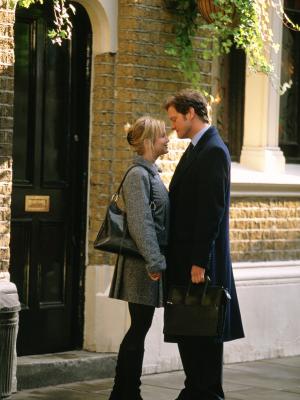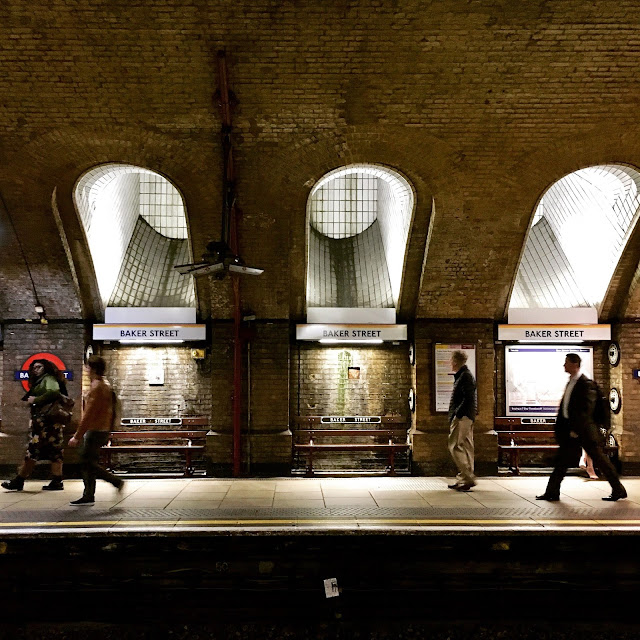Above Ground on the London Underground—Day 53: Londinium and the Roman Ampitheatree
If it's Friday we must be back in London. Every Friday I take a virtual walking tour ‘above ground’ on the London Underground. Using my Tube guide & my fitbit® device, my goal is to walk 10,000 steps a day roughly following along the Underground route, reporting back here on Fridays with my findings We're currently following the Central Line. Here are the previous days. This is Day 53.
If St. Lawrence Jewry sounds like an odd name for a Christian church; it gets its name from its location near the old Jewish ghetto, Old Jewry Street is located nearby. As the St. Lawrence Jewry website explains:
‘‘This is where a Jewish community lived from 1066 to 1290. They came to the country with William the Conqueror and were expelled by Edward I. Hence St Lawrence Jewry.”Easy when you say it fast like that!
Today the church is the official church of the “corporation’’ of the City of London and the church of Lord Mayor of London.
If you’re in town on a Tuesday, they have free organ concerts at 1 pm. Take a look around at the stunning interior before we move on to the Guildhall and Roman Ampitheatre.
There’s a library and an art museum at Guildhall but I’m not stopping. (You can find more info at the website linked below) I’m too intrigued by the ampitheatre. Notice the dark ring in the image of the Guildhall yard above? The large circle of darker stone traces the outer ring of the ampitheatre itself.
Below the Guildhall is where we come face to face with London’s earliest beginnings. Unearthed in the 1980’s is the Roman ampitheatre built in AD 70, about thirty years after the founding of Londinium. Thousands of spectactors would have sat on wooden benches, witness to bloody wild animal fights and the execution of criminals. There is also evidence of the original drainage system and the sand that remains is the same sand where Londoner’s tread back in those ancient days. It may not be the Coliseum in Rome but it’s a reminder of how very old a city London is and definitely worth a look.
Also worth a look, Old Jewry Street, if only as a reminder that in this area the Great Synagogue once stood but was closed in 1272. The century was an especially terrible time for Jews in London with the Talmud burned, Jews accused of vicious murders of children, Jews imprisoned in the tower, and several hundred hung, until finally in 1290 Edward I’s Edict of Expulsion “resulted in the expulsion of Jews from England until their informal readmission in the mid-seventeenth century.’’ That is what happens when mistrust and superstition are allowed to reign supreme, targeting and tarnishing a whole people.
Let’s finish up today’s walk at Bank Station.
St. Lawrence Jewry
Guildhall Yard, London EC2V 5AA
Guildhall & Roman Ampitheatre
Guildhall Yard, London EC2V 5AE
+44 20 7332 3700
Counting the Fitbit steps
Day 1-52: 374,840 steps/163.75 miles
Day 53: Londinium . 2250 steps /1 miles
Total Imaginary Miles to Date 377090 steps/164.75 miles
Connect to Joy Weese Moll's British Isles Friday meme







